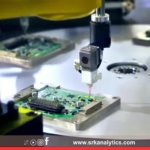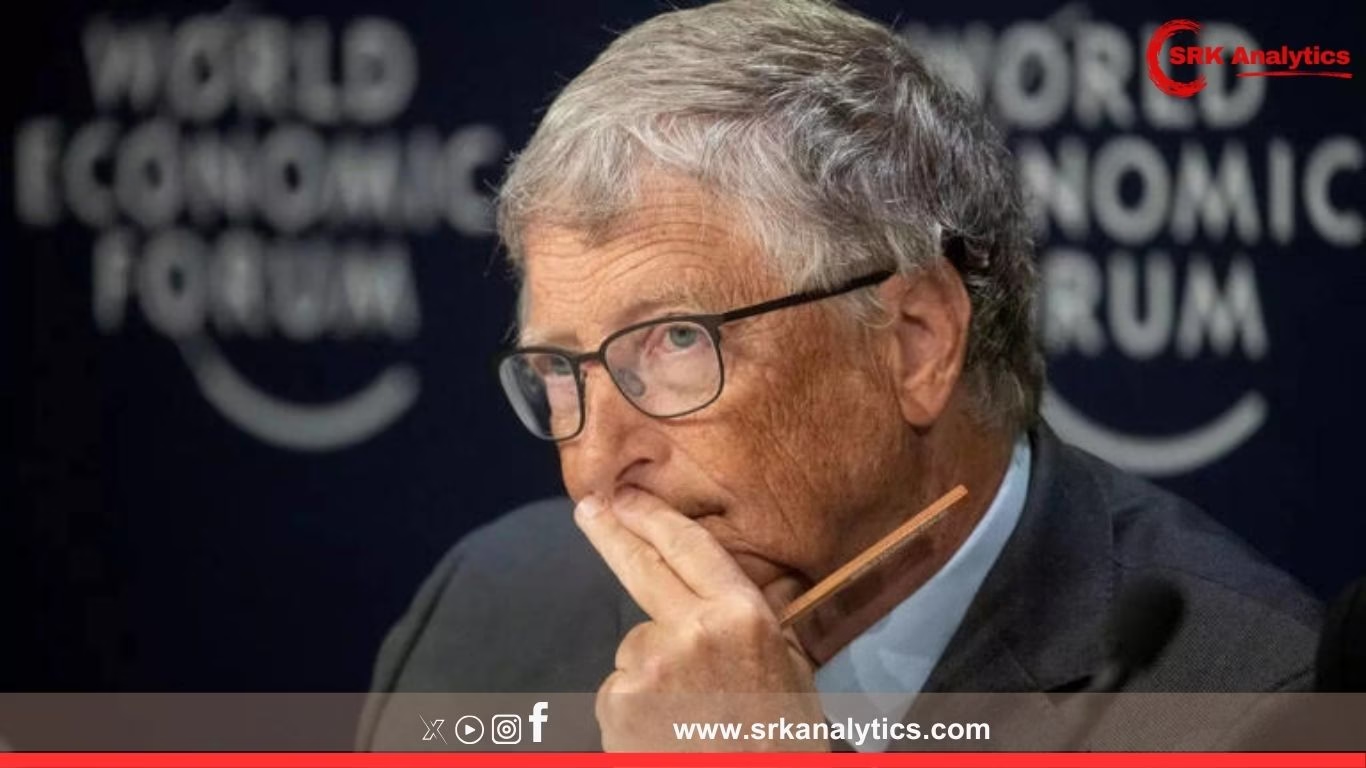In a landmark administrative reform, the Uttar Pradesh Tax Department has announced the merger of 436 sections into 364, aimed at streamlining operations, rationalising workload, and improving taxpayer services across the state. The move is part of a broader governance restructuring initiative under Chief Minister Yogi Adityanath’s administration to enhance efficiency, transparency, and departmental accountability.
Why This Merger Was Initiated
Officials highlighted multiple objectives behind this major reshuffle:
- Elimination of redundant divisions and overlapping roles that had led to administrative delays.
- Better utilisation of officers and staff resources by ensuring equitable workload distribution.
- Faster service delivery and taxpayer grievance redressal through integrated teams.
- Preparing the department for upcoming technological integration under the state’s Digital Revenue Mission.
Key Highlights Of The Restructuring
| Parameter | Before Restructuring | After Restructuring | Impact |
|---|---|---|---|
| Total Sections | 436 | 364 | -72 |
| Average Staff Per Section | Highly unequal | Rationalised | Improved workload balance |
| Jurisdiction Overlap | Significant | Minimised | Better clarity for taxpayers |
| Process Duplication | Common | Removed | Enhanced efficiency |
Details Of The Restructure
1. Merging Of Smaller Sections
Sections with lower revenue assessments or limited workload were integrated with larger adjoining units. For example, rural sections with limited commercial taxpayers were merged with nearby urban units for administrative synergy.
2. Rationalising Officer Deployment
The move seeks to balance workloads among officers, as prior to this reform, certain sections handled over 1,200 files while others managed only 200-300 files, creating inefficiency and service gaps.
3. Reduction In Jurisdiction Conflicts
Previously, taxpayers in industrial belts often faced ambiguity about the responsible assessing officer due to overlapping territorial jurisdictions. The merger has now established clearer boundaries, thereby simplifying compliance.
Statements From Officials
Additional Chief Secretary (Taxation), Suresh Chandra, stated:
“This restructuring is a part of our tax governance modernisation plan, ensuring that taxpayer services remain prompt while optimising human resources. No employee will lose their job; rather, work distribution will become more balanced.”
Commissioner of Commercial Tax, Alok Kumar, added:
“Merging sections will reduce administrative expenditure, improve monitoring, and streamline revenue collection processes. We are integrating these changes with upcoming digital workflows for seamless implementation.”
Implications For Taxpayers
- Faster Assessments and Clearer Queries Resolution
Merged sections mean a broader team with centralised data management, avoiding the delays caused by inter-section file transfers. - Improved Grievance Redressal
Single-window counters are expected to be created at major offices post-merger, reducing taxpayer wait times. - Simplified Compliance Process
Clear jurisdiction definitions will prevent taxpayers from making multiple visits to different sections for clarifications.
Reform Within Broader Digital Transformation Mission
The UP Tax Department is implementing the Digital Revenue Mission 2025, under which:
- All section offices will be integrated with a state-wide centralised digital platform by December 2025.
- Online refund processing and assessment filing will be expanded to every tax division.
- AI-based file tracking is being piloted in Lucknow, Kanpur, and Varanasi zones, to be expanded state-wide.
State Revenue Performance Snapshot (FY25)
| Parameter | FY25 (Apr-Jun) | FY24 (Apr-Jun) | Growth (%) |
|---|---|---|---|
| Commercial Tax Collection | Rs 28,520 crore | Rs 24,300 crore | +17.3 |
| GST Collection (State share) | Rs 19,470 crore | Rs 16,800 crore | +15.8 |
| Number of Registered Taxpayers | 12.1 lakh | 11.2 lakh | +8 |
(Source: UP Finance Department)
Expert Reactions
Rajesh Kumar Gupta, Senior Tax Analyst at Deloitte India, commented:
“UP’s merger of tax sections is an overdue reform. Optimal manpower utilisation and removing jurisdiction overlaps will significantly improve tax compliance and reduce administrative costs.”
Dr. Anupama Sharma, Professor of Public Finance, IIM Lucknow, noted:
“Such structural reforms, combined with digitalisation, are essential for realising India’s target of a USD 5 trillion economy. UP’s step can serve as a template for other states.”
Challenges Ahead
Despite the positive outlook, officials recognise potential hurdles:
- Resistance to Change: Officers accustomed to old structures may initially face adaptation challenges.
- Capacity Building: Training staff to manage higher workloads effectively and use digital tools efficiently.
- Infrastructure Upgrades: Merged sections may need expanded office space and IT infrastructure for smooth functioning.
Future Roadmap
The government plans to:
- Complete physical mergers and redeployments by September 2025.
- Initiate state-wide taxpayer outreach to explain new jurisdiction structures.
- Roll out AI-enabled digital assessment pilots in merged sections to set the foundation for a unified state GST portal by mid-2026.
Conclusion
The UP Tax Department’s strategic decision to merge 436 sections into 364 is set to streamline governance, improve taxpayer convenience, and optimise staff utilisation without job losses. As India’s largest state gears up for digital-first tax administration, this restructuring will lay a robust groundwork for efficient, transparent, and future-ready revenue services in line with national economic aspirations.
Disclaimer:
This article is based on official announcements and expert analysis. It is intended for informational purposes only and does not constitute tax, legal, or investment advice. Readers are advised to consult professional advisors before making decisions based on this content.











